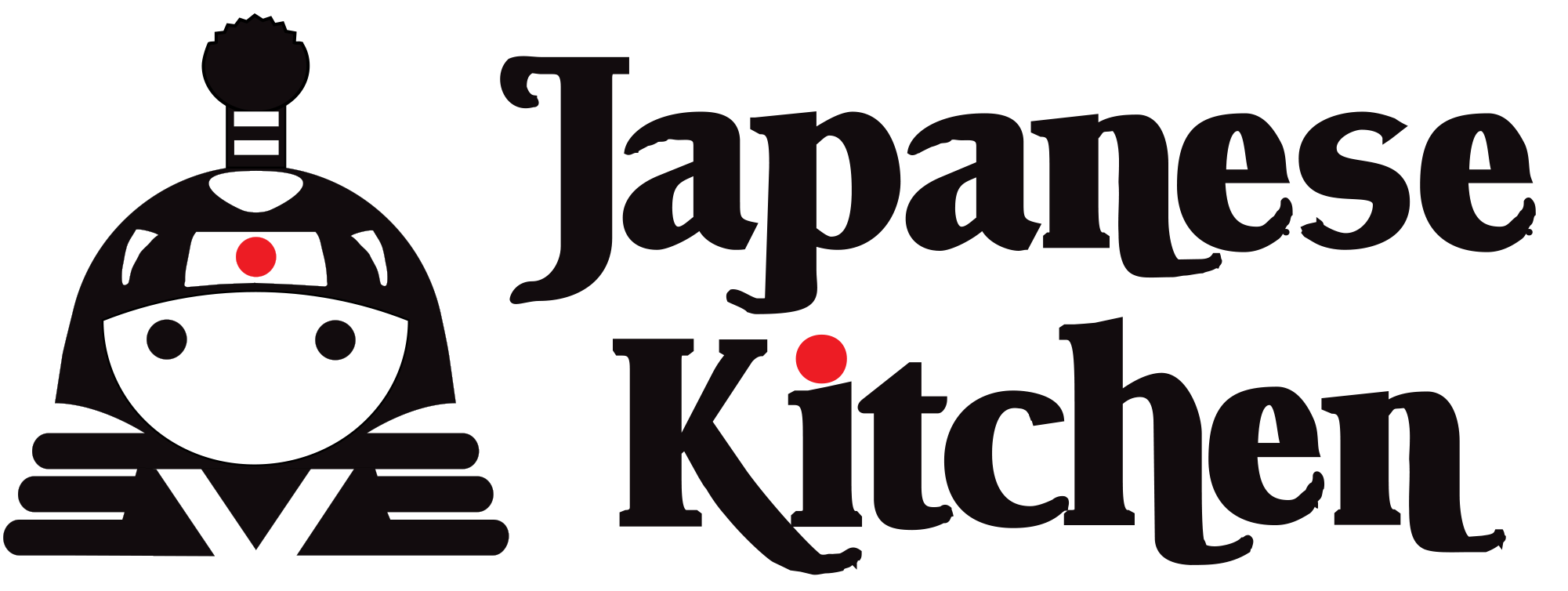History
Learn about our restaurant's history.
Japanese History in Fresno County
Nineteenth century trade did little to expedite the Japanese dining appeal outside the island of Japan. The first Japanese restaurant in the western hemisphere was located in San Francisco in 1887. Soon thereafter, Los Angeles became the center of Japanese food culture in North America. This culminated in a quarter where businesses, markets and approximately 40 restaurants known as Little Tokyo were located in Los Angeles’ Chinatown.
The first Japanese arrived in Fresno County in the 1880’s and 1890’s. Because of the Chinese Exclusion Act of 1882 it had created a shortage of farm workers so most of the Japanese were welcomed to fill in for the Chinese. After seeing the success of the Japanese people many laws were instituted to try to restrict them, but this just helped motivate them to work harder and better their conditions. Most of them started as farm workers, then began to serve as their own contractors and began underbidding the competition. Then after the first decade many moved from the laboring-class to the land-owning class.
According to the 1890 census there were approximately 12 Japanese people in Fresno. By the end of the 1890’s there were more than 3,000 seasonal Japanese grape pickers.
Many of the first store owners located in what was called then “China Alley,” which is now near G Street and Kern. Here in “China Alley” were some of the first Japanese Restaurants. When the first Japanese immigrants came there were already Chinese settlers who had worked on the railroad settled in Fresno. That’s where the name “China Alley” came from.
With the start of World War II Fresno became a site for Japanese Internment camps. There were at least two camps in nearby Fresno, one that was called the Fresno Assembly Center, which is near the Fairgrounds and another in Pinedale north of what is now Herndon Ave. Most of the inmates stayed a short time and were then transferred to Jerome, Arkansas. There were approximately 5,000 Japanese people held in these two camps.
The twentieth century accumulation of influences on Japan and its modernization saw many revolutions. The manner in which food was produced and consumed in Japan was altered dramatically in the economic boom of the 1960’s. Prior to this time, Japanese restaurants tended to be near butchers and vegetable markets where large accumulations of immigrants would be found in cultures like Brazil, Argentina and Hawaii.
– Fresno County: In the 20th Century. From 1900 to the 1980’s. Vol. 2, Charles W. Clough and Twenty-Two co-authors.
